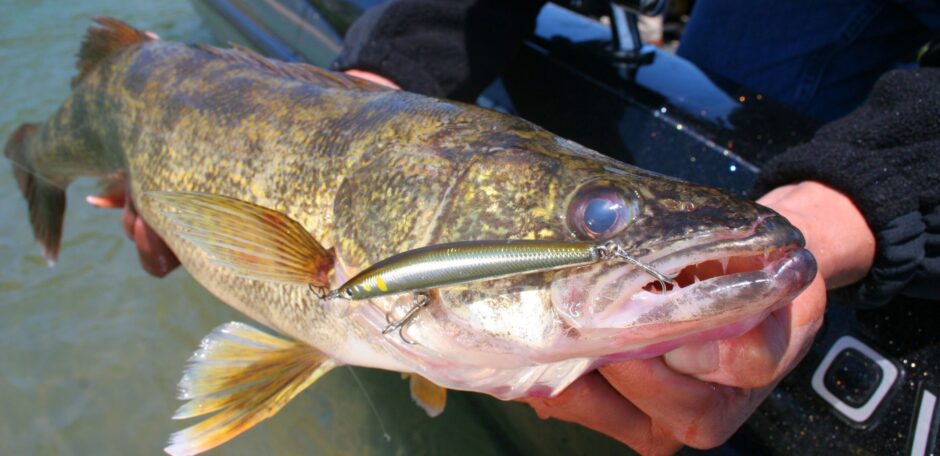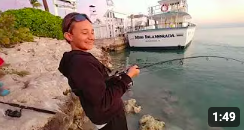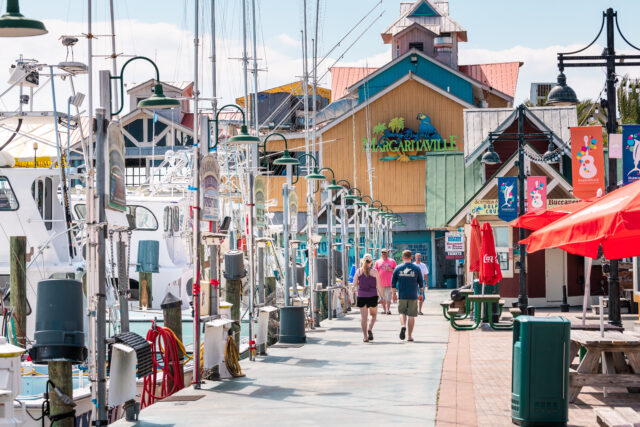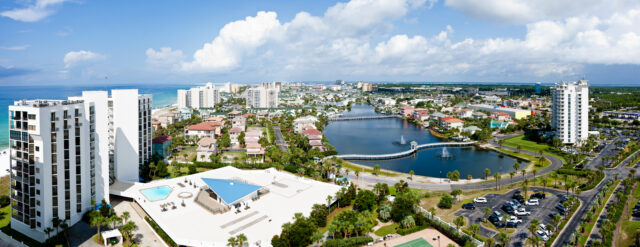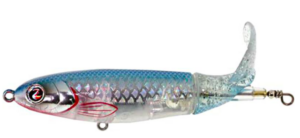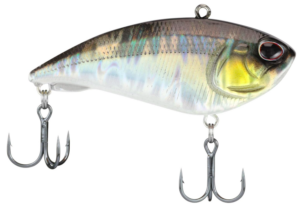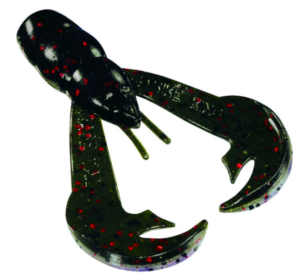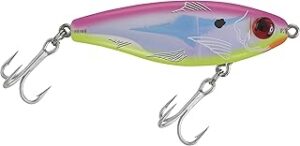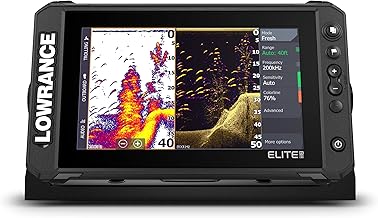Cold Fronts
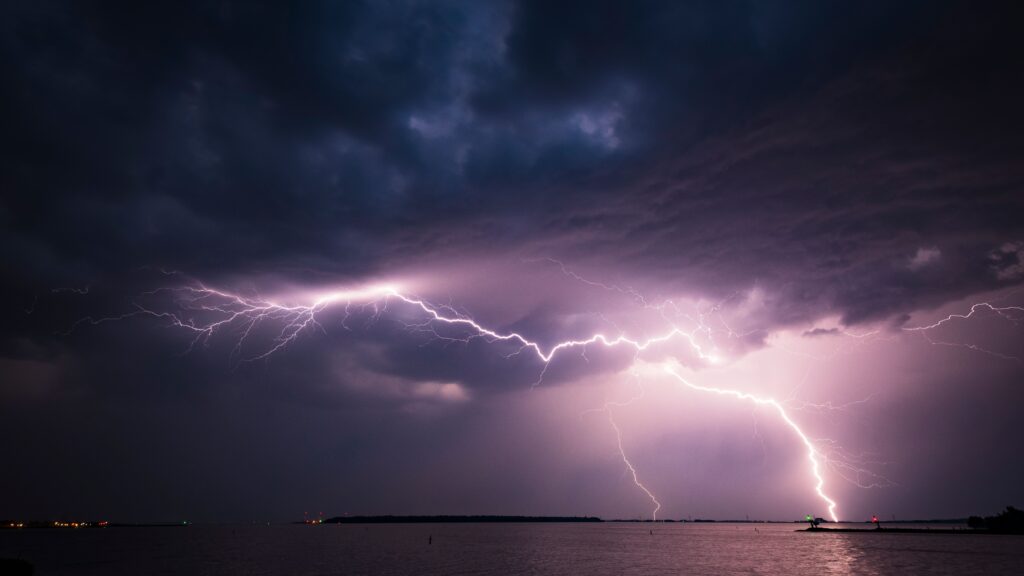
Severe cold fronts can definitely affect the walleye fishing negatively. Depending on the time of year and what type of water you are fishing, the fishing could barely be affected and at times the bite can totally shut down. Typically, when a front moves in, the bite gets really good leading up to the storm and sometimes even during the storm as long as it is still safe to fish.
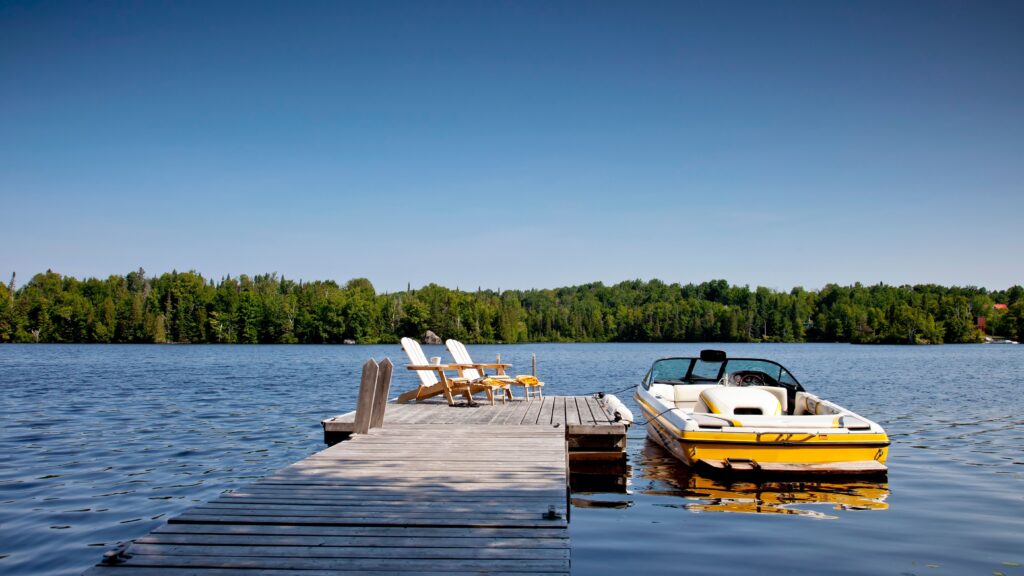
The day after a cold front usually has cool temperatures with bright, sunny skies. When this occurs, your best bet is to be fishing murky water, a river or in the fall. For some reason, the fronts don’t affect the bite as much when fishing on the river. In murky water, the bite can also be good still while fishing during the bright, sunny day that follows the front. In the fall, a cold front can sometimes really trigger a good bite as walleye are known for moving up into the rivers to feed as the water temperatures get cold. So, a cold front will not always equate to bad walleye fishing.
However, if you flip the time of year to the spring or summer and make the body of water a large, clear water lake, this can be the perfect recipe for some terrible walleye fishing. It might take 2 to 3 days for the walleye to start feeding like normal in these clear water lakes. As a general rule, you need to fish deeper and closer to the bottom after a cold front when fishing clearer water. Try using live bait with stinger hooks and you will have more success. Lighter line in the 4 to 6 pound test range is recommended in clear water.
Warm Fronts
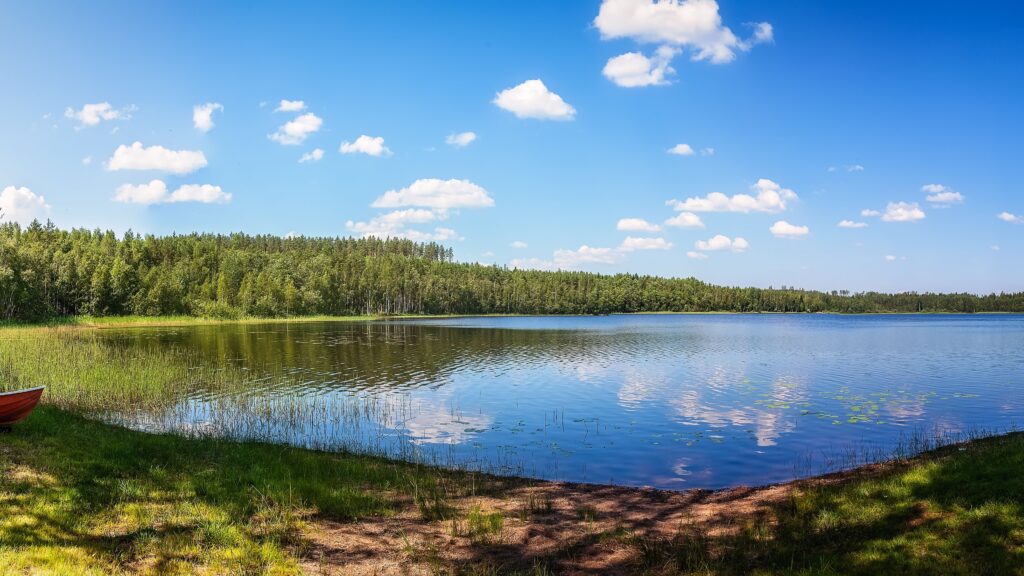
Warm fronts can effect walleye in a good or bad way depending on the time of year. When water temperatures are cold in the early spring or late fall, a warm front can help improve the bite. Walleye may still feed during the same peak fishing times, but the bite will usually last longer and the fish may feed more aggressively. You should be able to catch more walleye on crankbaits during this time. A warm front during the middle of the summer will often move walleye into deeper water and the bite becomes more finicky, especially during the day. There will still be some aggressive walleye during the peak fishing times, but your window for catching aggressive fish will be much smaller with water temperatures reaching into the 70s and 80s. Trolling crankbaits can be effective, but most anglers turn to spinner rigs tipped with nightcrawlers, minnows or chubs.
